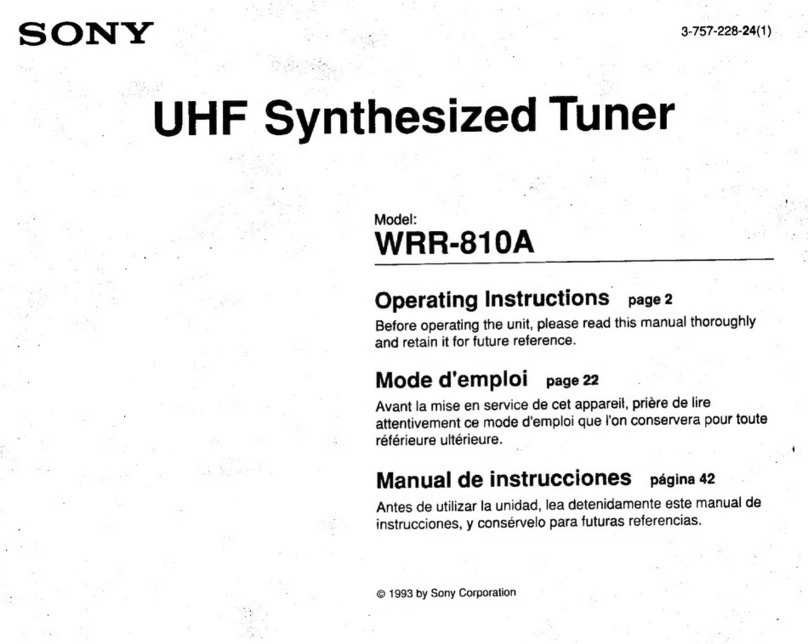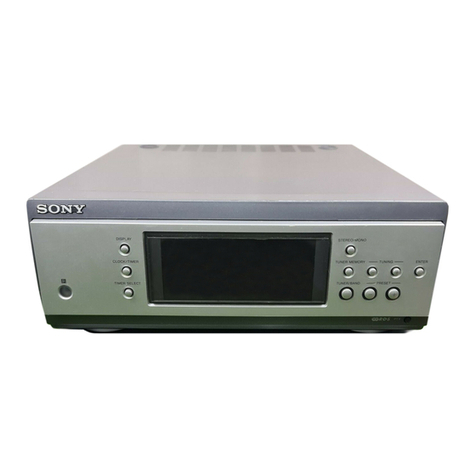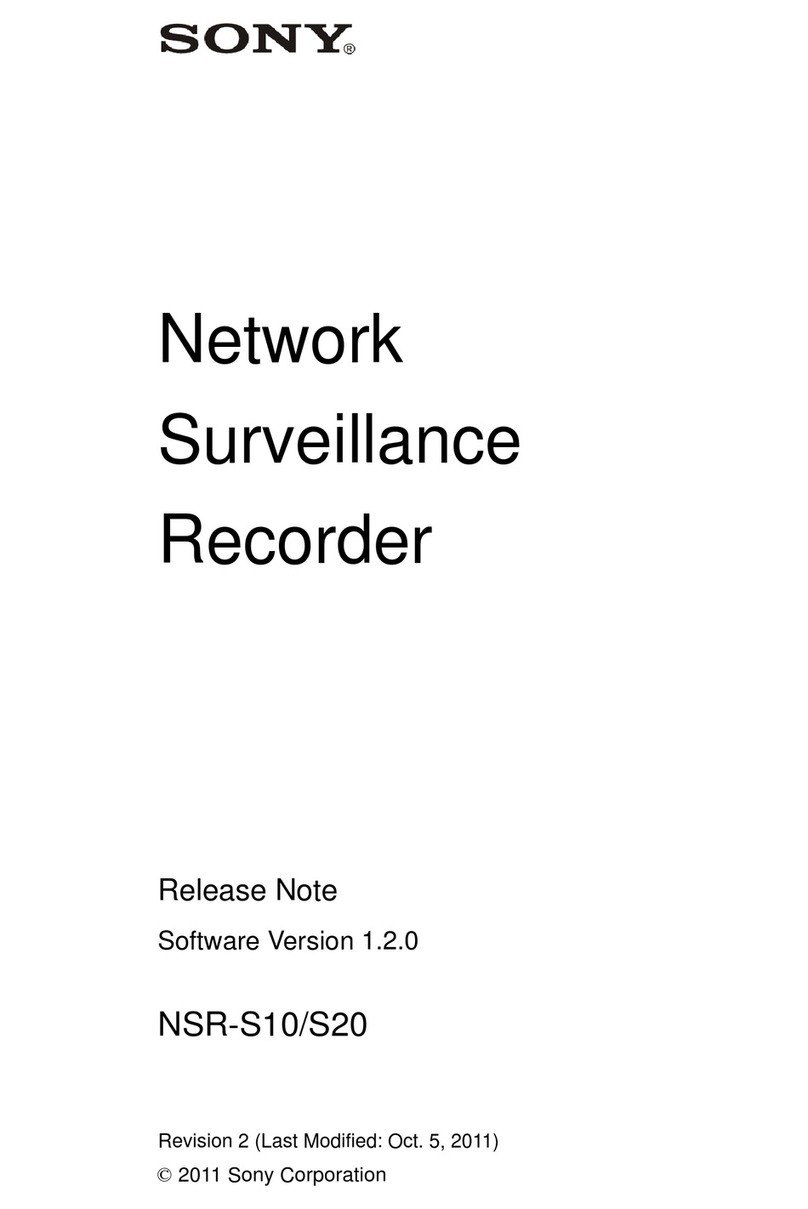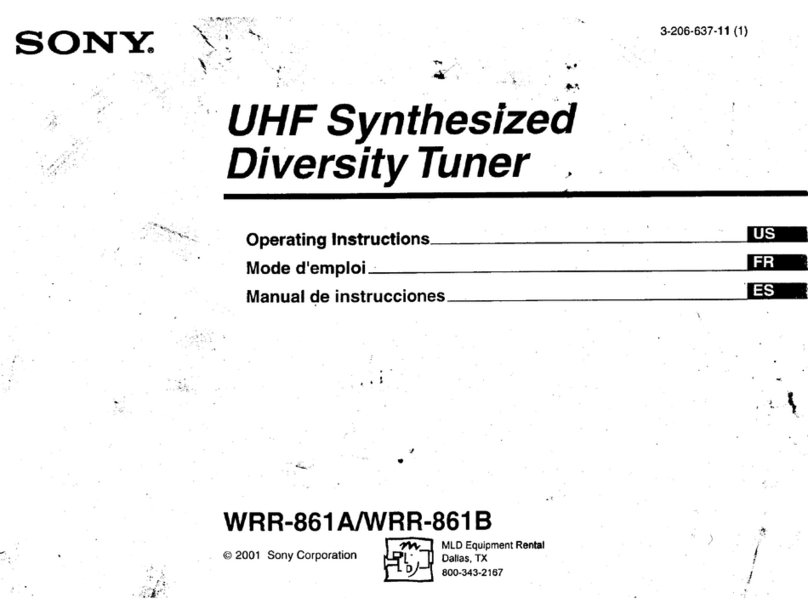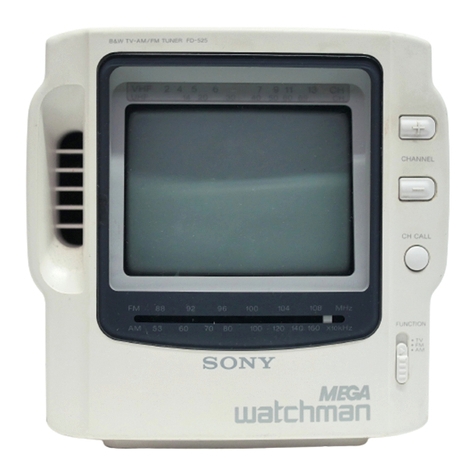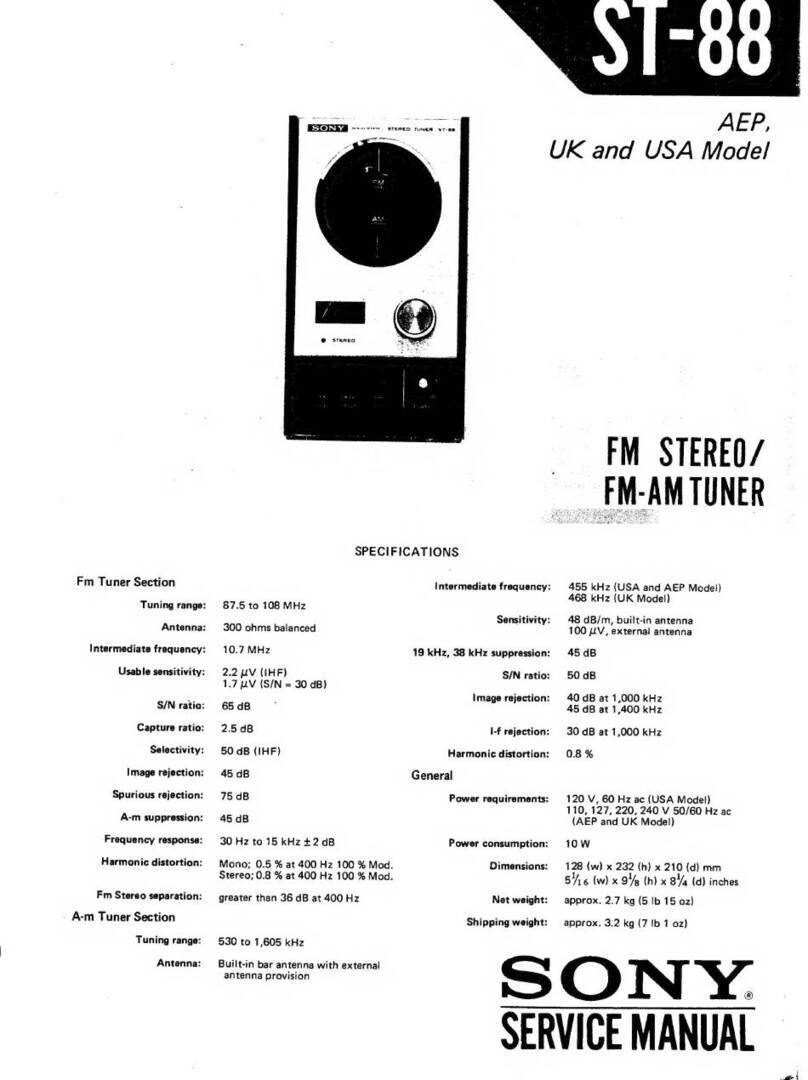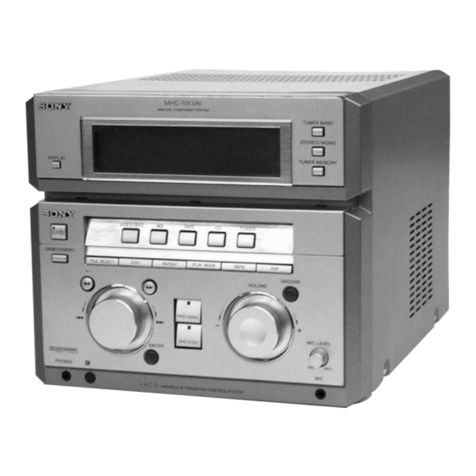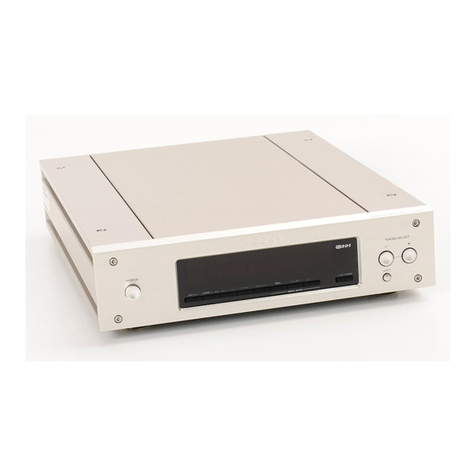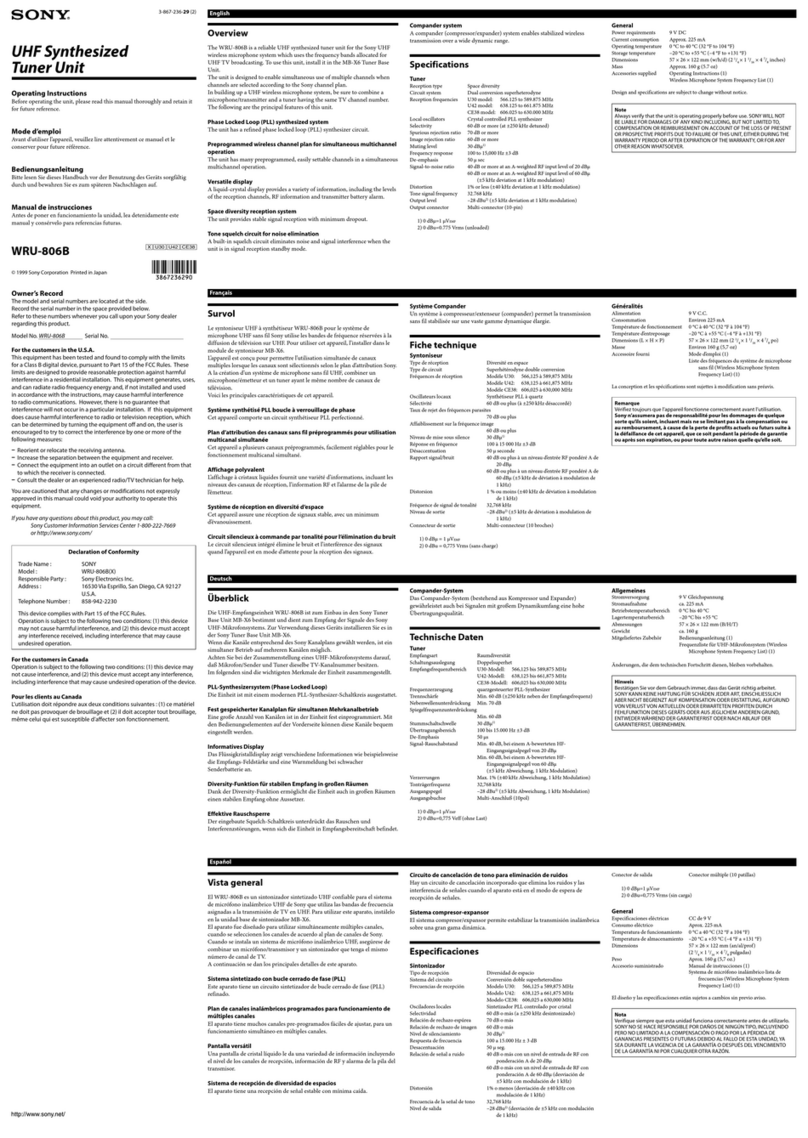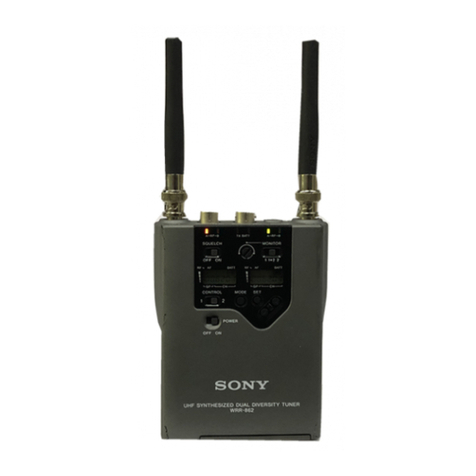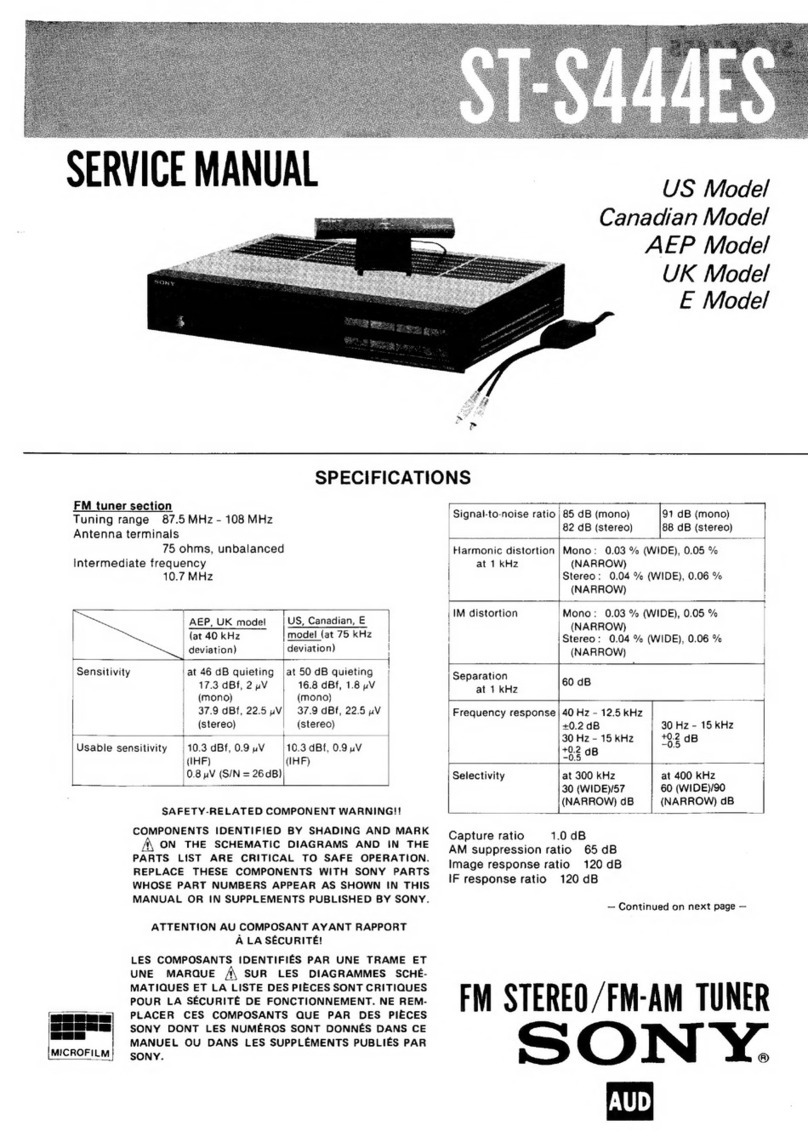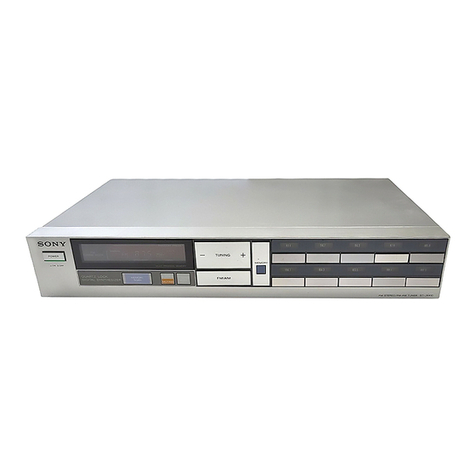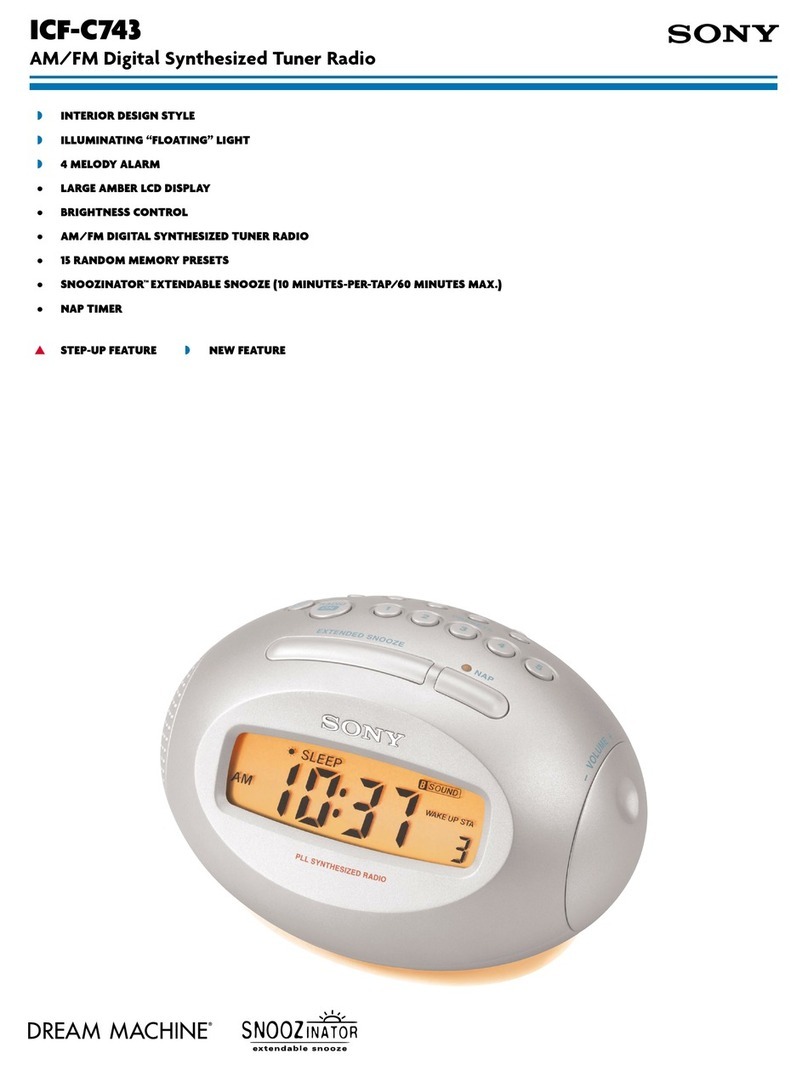1.3. TUNING WITH THE STATION PRESET
BUTTONS
With this tuner, owing to an electronic tuning
system using a PLL (Phase
Locked Loop) synthesizer
and a memory circuit, the reception of a station is
much simplified. Once you commit the frequencies to
memory, pushing
a button isall you need
do to select
a desired station. There is no need to search for the
station with the TUNING button each
time you wish
to tune in a station.
TO MEMORIZE THE STATION FREOUENCIES
Preparation: A total of eight station preset but-
tons can be preset for either FM, MW or LW in any
desired sequence. Arrange the order of stations for
each station preset button and note the band and the
frequencyof each
in advance.
Repeat
these
stepsfor each
stationpreset
button.
Replace the station labels to conform to the
selected
prememorized
stations.
Notes:
o The MEMORY indicator will go off automatically
after a few seconds.When the indicator is out, the
memory circuit does not operate to memorize the
station.
a The previous memory will be erased when a new
frequency is committed to the memory of the same
button. An erasure
cannot be made without a new
input.
To memorize
a weak station
To memorize MW and LW stations whose signals
are weak or whose strength is variable, tune with the
SENS switch engaged.
To memorize weak FM sta-
tions, tune with the SENS switch engagedand the
ff|f,'r$l switch disengaged. This will ensurethe
onetouch memory reception of those stations.
Follow the numbered seguence.
TO CHECK THE PRESET FREOUENCY
After the memory procedure
is completed, con-
firm the prememorized frequency. Press
the TUNING
button and changethe frequency display indication.
Press the station preset button to be checked. The
frequency which had been pre-memorized should
then be indicated in the band/frequency-display win-
dow.
TO RECEIVE A PRE{VIEMORIZED
STATION
Turn the POWER switch on and simply press
the
desired
stationpreset
button.
Memory of the last received
station
This tuner includes a memory circuit to re-
member the station which had been received for
more than one second just before the power was
turned off. This station will be automaticallv
tuned in when the power is turned on again.
This memory system enables you to make a
timer-activated recording from the tuner.
Note that the setting of
the f^lôi,Î,Zt
and SENS
switches for reception
of this station is mem-
orized. llluminates for a few seconds,
@ WOit" theMEMORy indicator is iiluminated,
pressthe desired station preset button.
The indicator will go out, and the band,
frequency and setting of the rlaLj!,È^,z,
and
SENS switches will be memorized.
9-
